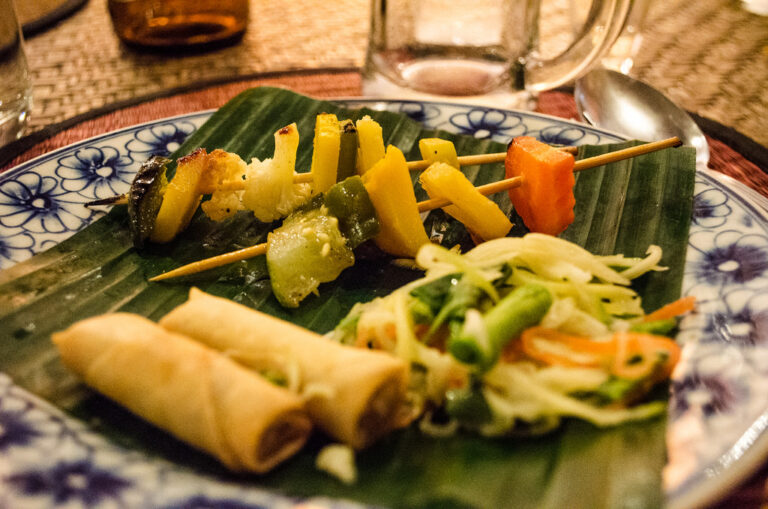Introduction: The World of Cambodian Street Food
Cambodian street food is a vibrant and diverse cuisine that reflects the country’s rich history and culture. It is a fusion of flavors and ingredients that have been influenced by neighboring countries like Thailand and Vietnam, as well as colonial powers like France. From savory meat skewers to sweet desserts, Cambodian street food offers a wide range of dishes that are both delicious and affordable.
Exploring the world of Cambodian street food is a must for anyone who wants to experience the country’s authentic flavors and culinary traditions. Whether you are a foodie or a traveler looking for a unique cultural experience, Cambodian street food is a great way to immerse yourself in the local culture and try something new.
The History of Cambodian Street Food: Then and Now
Cambodian street food has a long and fascinating history that dates back to the ancient Khmer empire. Back then, street vendors sold simple dishes made with rice, vegetables, and fish, which were popular among the working class. During the French colonial period, street food evolved to include more meat and dairy products, as well as French-inspired dishes like baguettes and croissants.
Today, Cambodian street food has become a staple of the country’s culinary scene, with vendors selling a variety of dishes in markets, street corners, and food stalls. Street food in Cambodia is not just a source of sustenance but also a way of life, as it provides an opportunity for locals to socialize and connect with each other.

